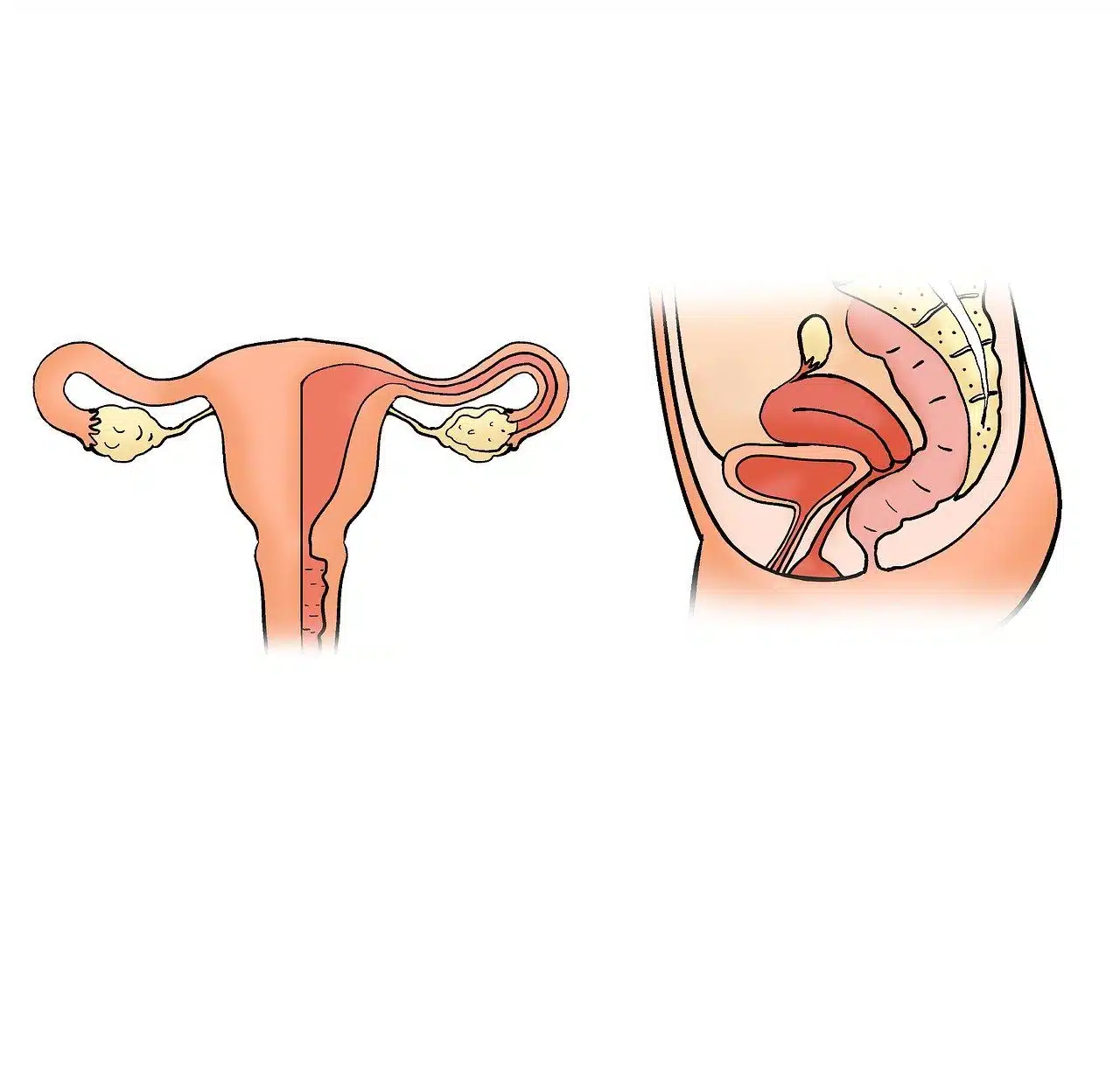
Uterine atony is a disorder characterized by loss of strength of the muscles of the uterus.
Atony is the lack of strength or energy . The term is usually used in the field of medicine to refer to weakness of muscles or tissues .
Uterine atony , in this framework, consists of the loss of strength of the muscles of the uterus , a peculiarity that prevents the contraction of the organ. This atony means that, after childbirth, the uterus does not contract as it should to close the blood vessels.
At the time of giving birth, when the woman delivers the baby and expels the placenta, a process of uterine contraction begins to develop that minimizes postpartum bleeding . If the mechanism is not carried out, uterine atony is generated with profuse bleeding and the appearance of clots and hematomas that cause pain to the woman . As if this were not enough, the lack of intervention in a case of uterine atony can lead to death.
Causes of uterine atony
Among the reasons that can cause uterine atony are the following:
- Lack of oxytocin , the hormone secreted by the organ called the pituitary to help with the contraction of the uterus and the rise of milk.
- Multiple pregnancies . This has been proven through various statistics, since in this case the uterine fiber must acquire greater elasticity than that necessary to give birth to a single baby.
- Large babies , a phenomenon that has similar consequences to those of the previous point.
- Placental accreta , the abnormal adhesion of the placenta to the wall of the uterus. It has been observed that with this problem it is very difficult to extract the placenta.
- History of this same disorder .
- Late delivery of placenta ; that is, when the delivery of the fetal annexes and placenta takes more than 20 minutes. This can happen for different reasons, such as the birth not being full term or the placenta being too close to the uterus to prevent it from falling.
- A very long labor and the presence of a benign tumor known as a fibroid are other possible reasons.

Uterine atony is a postpartum complication.
Prevention
It is important to note that it is not possible to prevent uterine atony before delivery , and for this reason immediate intervention is invaluable. This does not mean that the experience of professionals helps them sense the presence of this complication, but rather that in general they do not have much time to act.
Many hospitals have opted for managed delivery, which involves administering a drug to the mother as soon as the baby has left the womb, to promote contraction . Since atony does not always appear as soon as childbirth has occurred, it is also normal to monitor the mother for a minimum of two hours, until ensuring that the vital signs have normalized.
To treat atony, it is possible to use massages, the administration of drugs (such as exogenous oxytocin) or surgery, depending on the case. Massage is the first measure established by the protocol to react to abnormal bleeding, and is carried out by rubbing the gut; It can also be combined with one from inside the uterus, in what is known as a bimanual maneuver .
Other uses of the term atony
Atony can also be gastrointestinal (generally as an effect of an operation), bladder (a consequence of anesthesia , to name one possibility) or of another type.
Beyond medicine , the idea of atony is used as a synonym for apathy or lack of will : “Adolescent atony worries psychologists,” “When they fired me, I was lying in bed for several months, a victim of atony.” .
